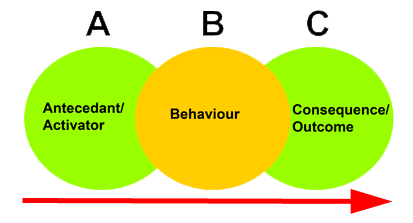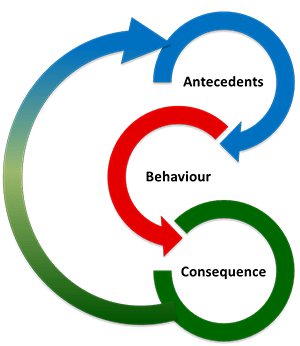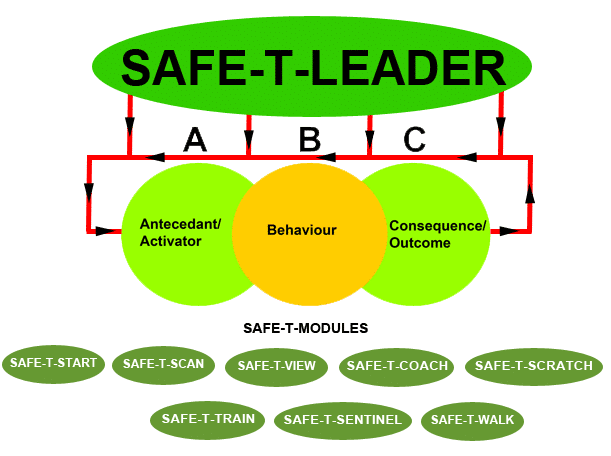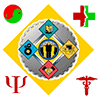
What are the SAFE-T-SOS Behavioral Technologies?
SAFE-T-SOS
The SAFE-T-SOS Behavioural Technologies are an integrated collection of psycho-behavioural tools which when properly implemented within a workplace go a long way toward optimizing the behavioural safety systems within a particular industrial environment.
Optimally the SAFE-T-SOS Behavioural Technologies are integrated within TransformationalSafety.Com’s SAFE-T-NET Technologies. By taking advantage of the leverage of this delivery system we maximize employee engagement and focus all safety information/education/development within one primary portal. To review Transformational Safety’s take on the traditional BBS approach just click here.
The first thing to recognize is that the strategic tools utilized within the SAFE-T-SOS Behavioural Technologies Program at one workplace may appear somewhat different when you look at the tool-set provided within another workplace. That is as it should be. The SAFE-T-SOS Behavioural Technologies aim to identify those areas that shall require greater energy and develop a customized implementation and integration plan considering the unique needs of your workplace.
There is no real value to be gained by just automatically providing a BBS tool developed for a workplace in Europe and giving it to your plant in South America, China, India, or Australia. Hopefully you are thinking, “That makes sense, they are all different cultures”. Allow me to suggest that even within countries we also have different sub-cultures operating. Allow me to further suggest that even within the same business we have different sub-cultures operating. You ignore these at your peril. Actually it is at somebody else’s peril. They are the ones who are likely to be injured, or worse, due to a failure to recognize a century old tenet of very elemental cross-cultural psychology.
The model of behavioural change which underpins the behavioural safety approach is commonly referred to as the A.B.C. Model. Whilst at first glance, it may appear quite simple, it is indeed quite complex and powerful in its application.
Below you can see a simple representation of the A-B-C Model upon which behavioural safety programs are based. If you would like to truly gain an understanding the tenets of BBS then I would recommend you review the excellent publication from the UK Health & Safety Executive – just click here. Similarly, the Irish Health and Safety Authority have produced a simple explanation of the traditional BBS A-B-C frawework. To see their take on it – just click here.

Every behaviour begins with some sort of Antecedent (that which comes before), that might be thought of as acting as a trigger culminating in the behaviour. You also need to recognise that an Antecedent that might trigger behaviour A for Francis, may trigger a totally different behaviour for Andrew. So already you should be seeing that even within a behavioural framework there must remain a significant understanding toward individual differences.
We can think of A# as being something which has developed over time as a product of education, exposure and experience (amongst other things). So as more and more of these three E’s becomes part of a person’s “life” they shall find that A# is also in a constant state of flux. For example, if Fred has performed a task the same way for years without any negative consequence, then it is highly unlikely they shall change their behaviour as a consequence of one of their colleagues suggesting they do it differently. In contrast if Fred’s colleague performs the task the same way and is killed performing that task, then Fred is most likely to re-evaluate how he approaches the task. It is also highly likely that the A# associated with this task may also change as a C# of the fatality. This is an extreme example, although the same principles apply.
 In addition, it also needs to be recognised that each B# shall have multiple A#’s all feeding into the cognitive systems of the individual. Each of these A#’s shall be competing for influence. What this means is that A#1 might win the battle before lunch, but A#2 might be the winner prior to end of shift? There may be many more than those two in the mix as well. Just to make things more interesting, each B# will almost always have more than one C#. Again the various C#’s shall also be competing for influence – it is these C# that shall then influence future repetitions of B#.
In addition, it also needs to be recognised that each B# shall have multiple A#’s all feeding into the cognitive systems of the individual. Each of these A#’s shall be competing for influence. What this means is that A#1 might win the battle before lunch, but A#2 might be the winner prior to end of shift? There may be many more than those two in the mix as well. Just to make things more interesting, each B# will almost always have more than one C#. Again the various C#’s shall also be competing for influence – it is these C# that shall then influence future repetitions of B#.
Having established that Consequences (C#) have a very important role to play with regard to modifying workplace safety behaviours, we clearly need to have a much closer look at the nature of C#.
The most critical thing we must recognise is that not all C# are created equal.
The SAFE-T-SOS Behavioural Technologies modules are stand-alone behavioural interventions, that when appropriately customized and implemented within a business, can exothermically produce significant step changes in safety performance.

“Most organizations operate in failure states and that just remains invisible because bad stuff is not happening. We might call that the ‘normalization of deviance’ and, make no mistake, it will kill.”

Ricky, Atlanta
![]()
“I was fortunate to attend Transformational Safety’s Anatomies of Disaster Program. This was amongst the most powerful two days I have ever spent in a room. From the outset David Broadbent set the scene by dedicating the program to the late Rick Rescorla – the man who is credited with saving over 2700 lives on 9/11. Throughout the two days David would often respectively reflect and remember those who had died, or been injured, in the disasters we explored. He would say, and I will never forget, “…we must always remember those that lost their lives lift us up into the light of understanding”. I learnt so much. HRO, Resilience Engineering, Critical Incident Stress Management (CISM) and more. Those of us who were there are still talking about it…… Thankyou David


